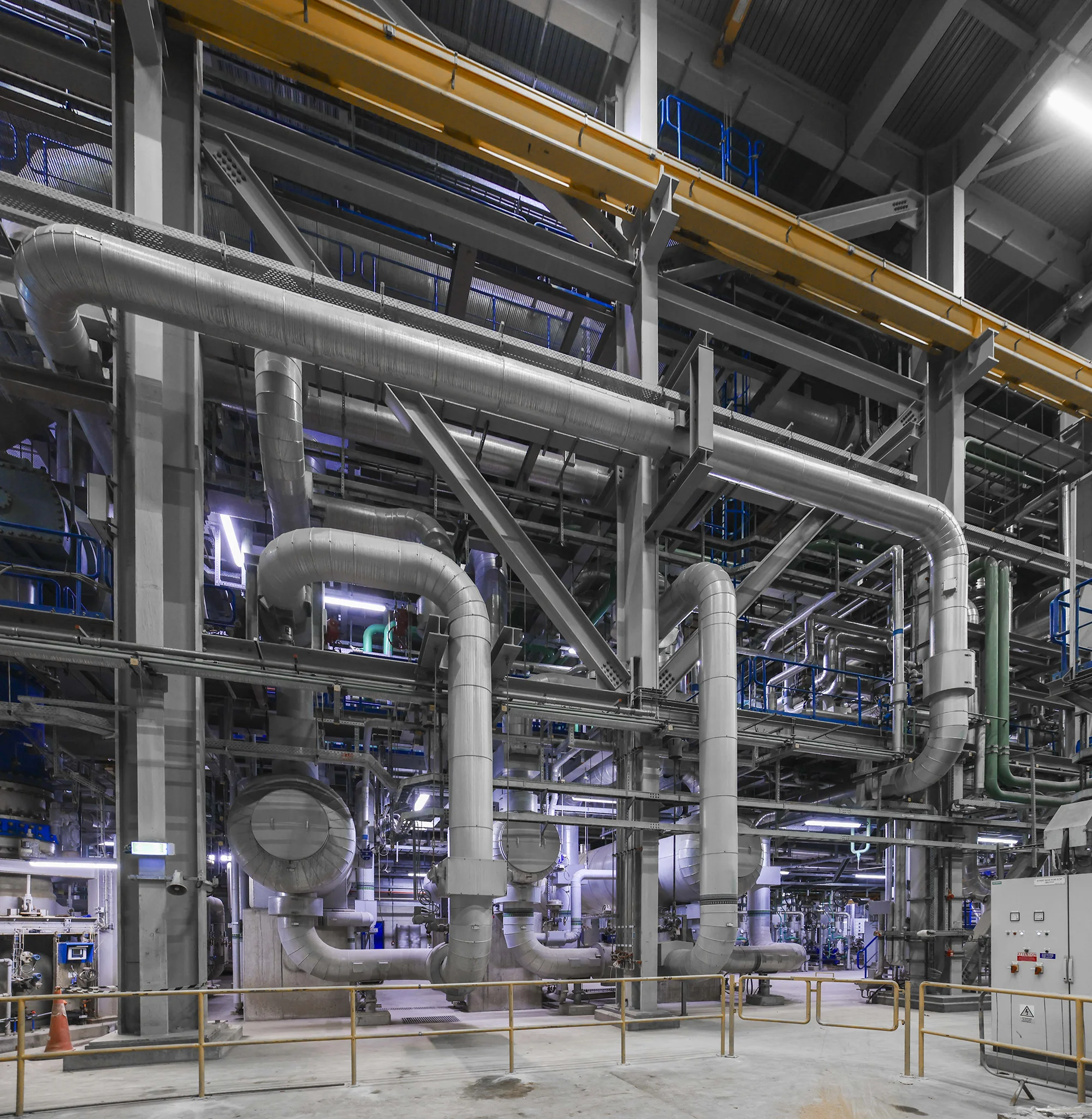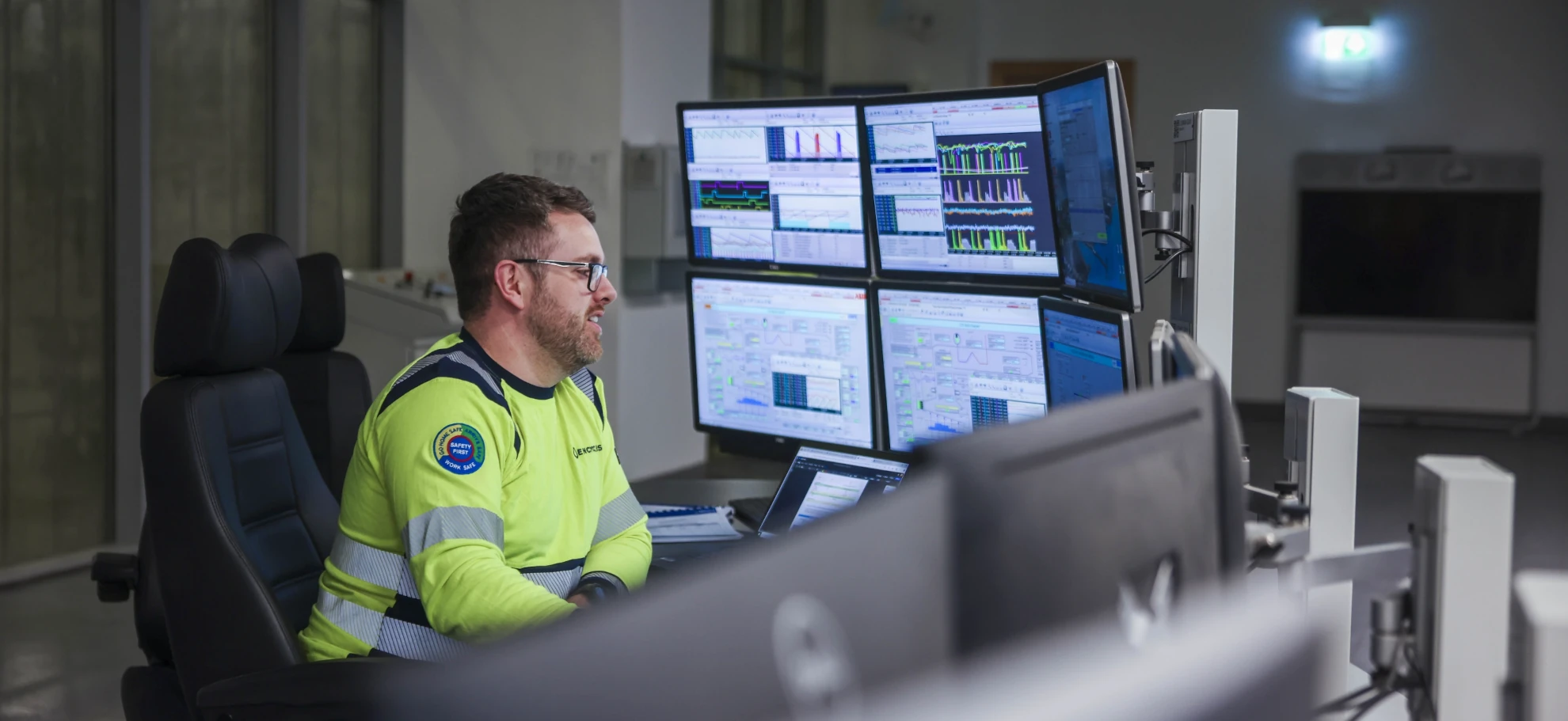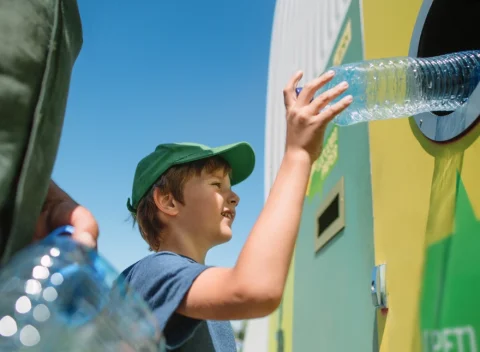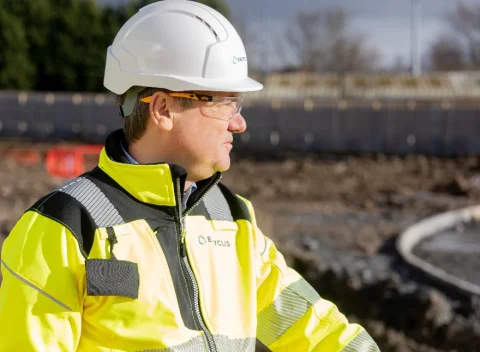An introduction to district heating
District heating is an efficient way of providing heat to buildings through a network of insulated pipes. This system allows heat from a central source to be distributed to a variety of buildings, such as homes, schools, hospitals, and offices.
The heat used in district heating often comes from nearby industrial processes, which produce heat as a by-product. This heat can be harnessed and delivered to local buildings for hot water or heating.
District heating offers a low-carbon, cost-effective solution for heating buildings, reducing reliance on fossil fuels. It has already been widely adopted in many parts of mainland Europe, and both the UK and Ireland are making strides to expand its use in the coming years.
Industrial heat sources and district heating
A key feature of district heating is that it often uses waste heat from nearby industries. Manufacturing processes and power generation can produce large amounts of heat that would otherwise go to waste. By capturing this heat and using it to supply nearby communities, district heating systems contribute to reducing overall carbon emissions.
Energy-from-Waste facilities are another important source of heat for district heating. These plants convert waste into energy, creating both electricity and heat. This heat can then be fed into district heating networks, providing a reliable, sustainable source of thermal energy while addressing waste disposal challenges. Using waste heat helps communities decarbonise by reducing their dependence on fossil fuels.

District Heating in the UK and Ireland
The UK and Ireland have set ambitious goals to increase the use of district heating as part of their efforts to meet climate targets.
In the UK, the Energy Act (2023) empowers local authorities to implement heat network zoning, identifying areas where district heating will be the most cost-effective solution for decarbonising heat. The UK government aims for district heating to provide 20% of the country’s heating needs by 2050, according to the Climate Change Committee’s Net Zero scenario.
Similarly, the Irish government’s 2023 Climate Action Plan outlines plans for district heating to supply up to 2.7 terawatt-hours (TWh) of heat by 2030, covering around 10% of the country’s heating demand. Both nations recognise district heating as a crucial tool in achieving their carbon reduction and energy transition goals.
Collaboration for district heating development
The success of district heating systems relies on strong partnerships between energy providers, local governments, and other stakeholders. These collaborations help to ensure that heat networks meet the needs of local communities while supporting broader environmental goals.
In the UK, our company has worked with Vital Energi, a company that specialises in installing and managing clean energy systems, to develop district heating projects at our Rookery South and Newhurst facilities. Both projects have received support from the Green Heat Network Fund, which has enabled detailed design and planning.
In Ireland, we are working with Dublin City Council to integrate our Dublin Waste-to-Energy facility with the city’s district heating network. The facility has been equipped with heat exchangers, so as the heat network grows, the facility will be ready to contribute to the supply of thermal energy.
Preparing for future district heating networks
In addition to our ongoing projects, we are also planning for future district heating connections at new development sites. By ensuring that these sites are ready for district heating integration from the outset, we can create a sustainable energy infrastructure that supports clean heat in new urban and industrial areas.
Planning for district heating at early stages of development ensures that future communities will have access to low-carbon heating solutions. This proactive approach is essential for meeting future heating demand while aligning with national decarbonisation goals.

The growing role of district heating
District heating is becoming an increasingly important solution for providing efficient and low-carbon heat to communities. By tapping into local sources of waste heat and integrating Energy-from-Waste facilities, district heating networks help reduce the reliance on fossil fuels and contribute to reducing carbon emissions.
The UK and Ireland have recognised the value of district heating as part of their climate strategies, with clear targets for expanding heat networks in the coming years.
By collaborating with local authorities and businesses, we can build the infrastructure needed to provide sustainable, cost-effective heating to growing communities. These projects represent an important part of the energy transition and the shift towards cleaner, more efficient ways of meeting heating needs.
More about sustainability




